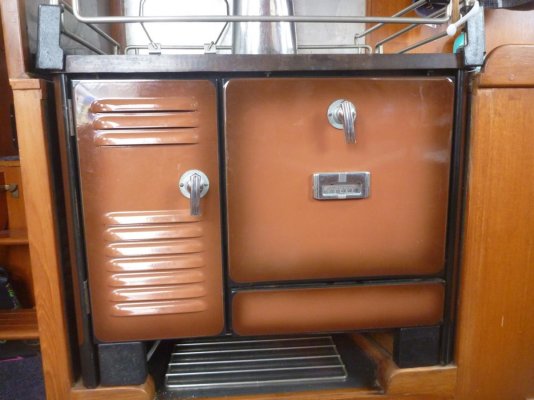MurrayM
Guru
I've finally worked my way down the 'to do' list and am about to fire up our 1980's Washington Stove Works diesel stove. We aren't allowed to use diesel stoves in our marina, so I'll have to wait a day or two to get under way and try lighting the beast.
My question concerns the fuel in the day tank.
The original owner used the stove a lot, but the second owner tried it once and then never fired it up again. This means the fuel in the day tank is probably of a 1990 or so vintage.
Do you foresee any problems, or do you think it'll perk along happily enough once I figure out the fuel/air mixture? In other words...go for it, or drain and refill?
My question concerns the fuel in the day tank.
The original owner used the stove a lot, but the second owner tried it once and then never fired it up again. This means the fuel in the day tank is probably of a 1990 or so vintage.
Do you foresee any problems, or do you think it'll perk along happily enough once I figure out the fuel/air mixture? In other words...go for it, or drain and refill?




